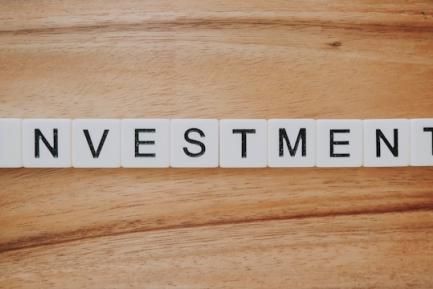Are interest rate hikes imminent in the US?
Over the coming weeks and months all eyes will be on the Federal Reserve (Fed) and the repercussions of its actions within and outside the United States. Will it resume its interest rate hikes before the end of the year? Or even this very September?
Although economic activity has grown relatively modestly in the last few quarters, labour market indicators have continued to improve and the unemployment rate has consolidated below 5% (for all to envy!). In turn, core inflation, which does not take food or energy into account, is now above 2%. Given this situation it would not make much sense to postpone an interest rate hike. Indeed several members of the Fed have acknowledged this, more or less explicitly, over the last few weeks.
Neither can we underestimate the risks of delaying too long before gradually removing monetary stimuli. The most obvious risk would be a possible outbreak of inflationary pressures, forcing the Fed to accelerate future hikes and thereby making the financial markets jittery with upswings in long-term interest rates and outflows of capital to emerging countries. In order for stimuli to be withdrawn gradually, which is what the Fed wants and what would be desirable to help economic agents to adjust, action cannot be postponed for too long.
Very low interest rates may also fuel bubbles in certain financial assets or encourage excessive exposure to risk by investors searching for yield. In this respect some observers have argued that monetary policy should be kept relatively independent from issues of financial stability as this is the responsibility of the bank supervisory system and macroprudential policies. However, such a view is somewhat naive given that, among other reasons, not all investors come under such intense supervision as banks (for example, the so-called shadow banking) and also because the effectiveness of macroprudential policies has yet to be proven.
Even if the Fed decided to resume its interest rate hikes, it would be exaggerated to expect monetary conditions to get back to normal very quickly. Monetary policy is still going to be far from what was «normal» before 2008. The rules historically followed by the Fed suggest that interest rates should now be around 1.5% but its current plan is to raise rates to this level only towards the end of next year. On the other hand the Fed has yet to take the decision to reduce the size of its balance sheet, which is five times larger than before the crisis, and is still reinvesting assets as they mature. Monetary policy will clearly be unorthodox for some time to come.
In fact, Janet Yellen, the Fed Chairman, explained a few weeks ago in Jackson Hole (at the annual economic policy symposium) that she expects the mass purchase of assets and forward guidance regarding the future trend of interest rates and other monetary stimuli to continue being very important monetary policy tools, complementary to any changes in benchmark interest rates.
If we examine the speech made by J. Yellen more closely, it becomes clear that she is preparing the ground to raise interest rates sooner rather than later and, if everything goes according to plan, several times next year. This may catch some people by surprise but it will not because such action is unwarranted or they have not been warned.
Enric Fernández
Chief Economist
31 August 2016



